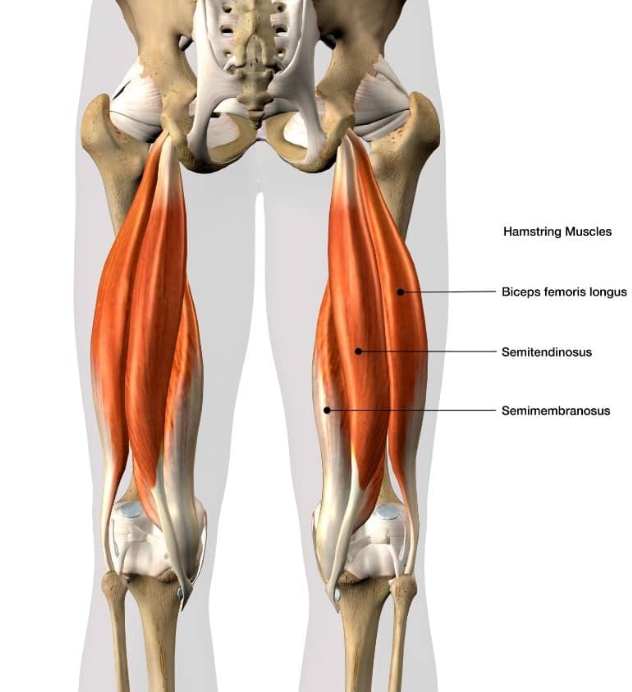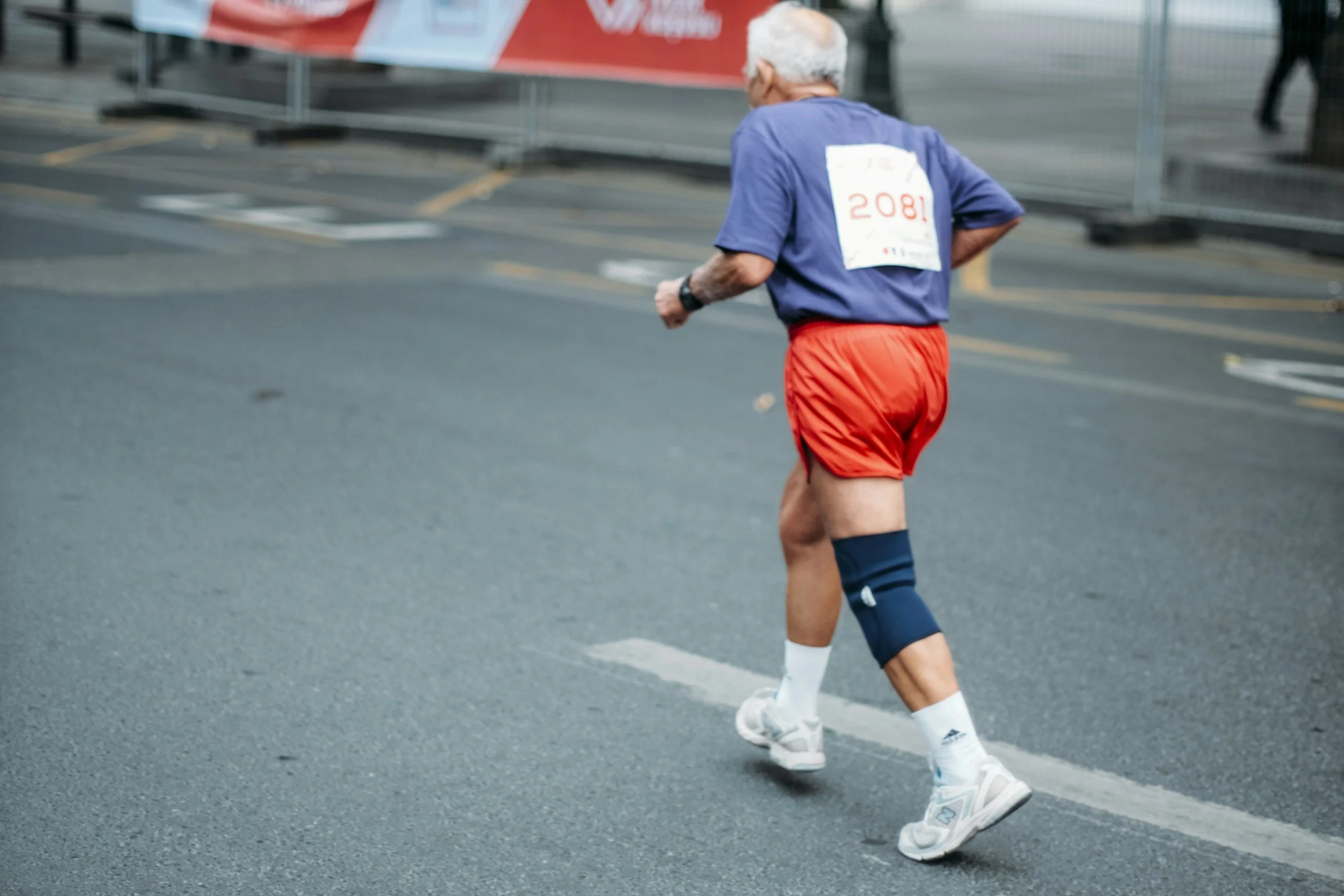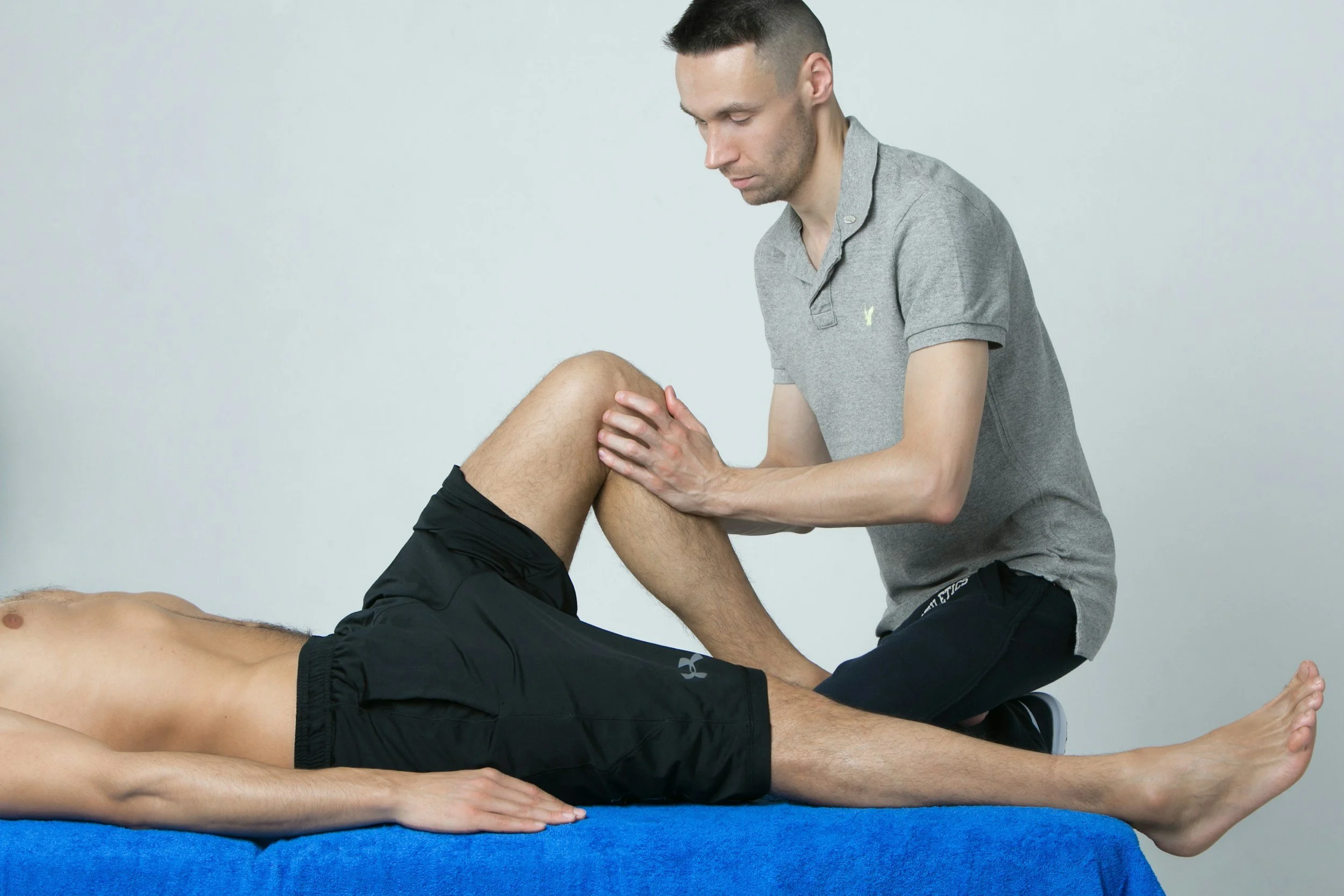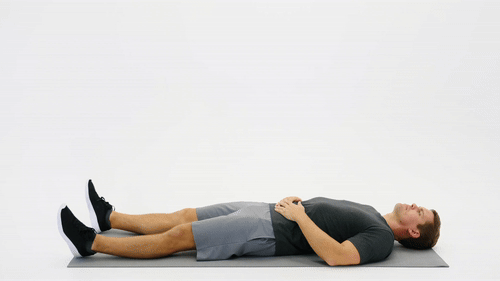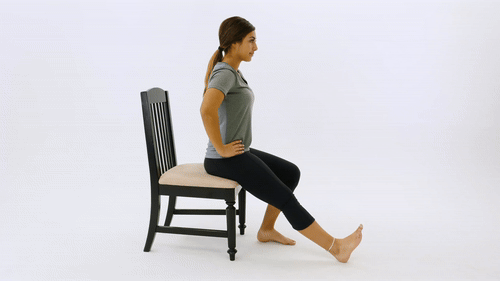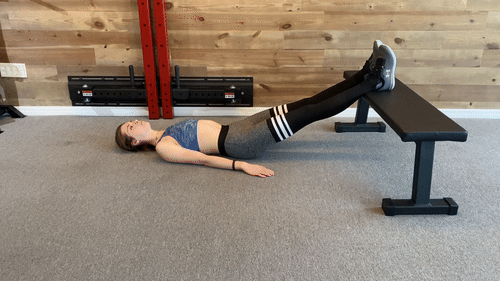5 Best Exercises for Hamstring Tendinitis You Need to Know
You show up for the workout/training session. Unfortunately, you pull a muscle, and a sharp pain takes residence in your lower buttock or thigh area. You feel like it's probably one of those exercise-related strains so you stretch, ice, and rest it to allow some recovery time. Weeks/months later, the pain is still mocking you. For some, it's an entirely different story: the pain shows up from nowhere with no clear cause at all. That's what Hamstring Tendinopathy/Tendinitis often looks like. It's part of a larger family of conditions affecting tendons in the lower body, a.k.a Lower Limb Tendinopathies, affecting at least 2% od adults worldwide.
Physiotherapy is a key part of Hamstring Tendinopathy treatment, with exercise playing an instrumental role throughout the recovery process. This article will look at the key exercises for Hamstring Tendinitis you can use to enhance your recovery process. We'll start with a look at the key things you need to know about Hamstring Tendinopathies before progressing with a deep dive into the moves you need for recovery. Let's get started.
What’s Hamstring Tendinitis/Tendinopathy?
Hamstring Tendinopathy is a condition characterized by persistent inflammation(i.e pain and swelling) and degeneration of Hamstring Tendons.
Your Hamstrings are a group of three muscles at the back of your thighs. They all originate from a bony prominence at the back of your Pelvis, known as the Ischial Tuberosity. These muscles are attached to this origin through a tough, fibrous structure known as the Common Proximal Hamstring Tendon.
Moving downwards, two of these muscles run along the inner parts of the thigh and narrow down into long tendons which insert into the upper portion of the Shin bone(Tibia). These muscles are called Semimembranosus and Semitendinosus in medical terms.
The remaining muscle, known as Bicep Femoris, runs along the mid-outer parts of the thigh before narrowing down into another long tendon that inserts into the outer surface of the Fibula. In case you're unaware, the Fibula is a smaller leg bone that runs along the outer side of the Shin bone.
Hamstring Tendinitis occurs when a tendon's structure and function is disrupted. Current studies of affected tendons show disruption of the fibers and impaired ability to heal after injury. This is typical of Tendinopathies in other key tendons such as the Achilles and Rotator Cuff Tendon. The common Hamstring Tendon, which attaches the three muscles to the pelvis is the most susceptible due to the significantly higher compressive and tensile forces it handles during a variety of activities.
What Causes Hamstring Tendinitis?
Repetitive Stress
This is the commonest cause of Hamstring Tendinitis by far. When a tendon is loaded beyond what it's accustomed to, it can sustain injuries within its structure which trigger a series of microscopic repair processes. When the tendon is loaded consistently at similar levels, these repair processes can be disrupted. As a result, it fails to heal efficiently, which leads to altered structural integrity and a cycle of pain and inflammation in the long run.
This is why most Proximal Hamstring Tendinopathies occur in the athletic population involved in sports which require intense and rapid movements of the lower body i.e sprinters, soccer players, Hockey players etc. Outside sports, Hamstring Tendinopathies are also relatively common in individuals involved in a range of occupations which require repetitive or sustained hip and knee movements.
Sudden, forceful Hamstring loading
Sometimes, it only takes one instance of a sudden and intense load, or stretch in the Hamstring muscle and its tendon to trigger the processes behind Tendinitis. A sudden change of direction that requires intense muscle contraction, or landing in an awkward position that overstretches it can cause tears in the tendon's structure. In the long run, these injuries may not heal properly, leading to Tendinitis.
Intrinsic factors
In some cases, Hamstring Tendinitis occurs in the absence of repetitive or forceful stress/loading. Studies have isolated a number of factors behind these types of Hamstring Tendonitis.
Aging is one of the key factors. Recent studies show that generative stem cells in the elderly have lower potential to form new cells and facilitate tendon repair processes. Other key intrinsic factors increase overall risk by increasing compressive and tensile stresses on the Hamstring Tendons. These include being overweight, postural abnormalities(i.e leg-length discrepancies), and muscle imbalances.
Treatment Overview
Conservative Treatment
Conservative/non-invasive treatments are the first line of care for Hamstring Tendinitis. Physiotherapy is key here, offering a variety of treatment approaches to minimize symptoms, restore function, and prevent recurrences. Key Physiotherapy interventions include:
Exercise Therapy: The use of various exercise-based strategies to reduce stress on the tendon, promote healing, and improve any biochemical dysfunctions. Forms of exercise like Isometric training have been shown to be exceptionally effective when it comes to pain relief.
Manual Therapy: The use of various hands-on techniques aimed at addressing a variety of symptoms and dysfunctions i.e Pain, Hamstring tendon and muscle tightness.
Adjunct Therapies: Complementary therapies like TENS and Interferential Therapy may help to support short-term pain management.
Surgery
Surgical repair may be the preferred option for Hamstring Tendinitis when conservative methods fail. The surgeon may use an open or endoscopic approach based on your needs and other factors. An Open repair uses a large incision to access the tendon while an endoscopic repair offers a less invasive option which uses smaller incisions and special instruments to guide the repair.
Best Exercises for Hamstring Tendinitis
Note: If this sounds familiar and you’re suspecting a Hamstring Tendinitis, consult a qualified physiotherapist before attempting these exercises. Personalized exercise programs ensure safety without sacrificing efficiency.
Lying Hamstring Stretch
Aim: Reduce/prevent tightness in the Hamstrings and reduce pain.
How to do it
Lie down on your back.
Raise the affected leg to a vertical position.
Hold for 15-20 seconds, 2-3 reps.
Seated Hamstring Stretch
Aim: Reduce tightness and pain.
Sit down on a bench or chair.
Extend the affected leg out in front, resting the heel on the floor.
Lean forward, and try to reach for your toes on the affected side. You should feel a firm, gentle stretch along the back of your leg.
Hold the position for 15-20 seconds, 3-4 reps.
Glute-Ham Bridge
Aim: Reduce pain, build/preserve hamstring strength.
How to do it
Lie down on your back, arms on the side, feet placed on a raised platform(chair or bench).
Lift your pelvis and low back area.
With control, return to the starting position.
Repeat the movement to hit another rep, aim for 3-4 sets of 10-15 repetitions.
Squat
Aim: Build strength in the Hamstrings, Quadriceps, Glutes.
How to do it
Starting position
Stand up tall, feet at shoulder width apart.
The Movement
Lower your body to a mid-squat position, thighs parallel to the ground.
Return to the starting position. Repeat for another rep.
Aim for 10-15 reps, 3-4 sets.
Note
Avoid curling your back when descending to the bottom position.
Move as if you're trying to sit back on a chair during the descending phase.
Start with bodyweight-only for a start. Consider adding extra weights later after mastering proper form.
Nordic Curl
Aim: Build Hamstring strength
Note:
This is an isolation Hamstring exercise typically used to strengthen Hamstrings in the advanced phases of recovery. Be sure to consult your therapist before trying it out.
You'll need a few extras to get this one done:
A soft pad, pillow or folded towel to rest your knees on.
Someone to hold your feet or a stable anchor for your feet.
Starting position
Kneel on the soft pad, keeping your hips, torso and shoulder in a straight line. Have someone secure your ankles. Alternatively you can use any stable anchor, just enough to keep your ankles down during the movement.
The Movement
Lower your body down to around 20-30 degrees from the vertical.
Return to the starting position. Repeat for another rep. Aim at 10-15 reps, 3-4 sets.
Alternatively,
Lower your body to 20-30 degrees from the vertical.
Hold for 10-15 seconds.
Return to the starting position. Repeat for 2-3 reps.
Once you master the form. Upgrade intensity by increasing the range of movement all the way to the floor. Use your hands to cushion your body as you reach the bottom position, and push off the floor to initiate the ascending phase.
Book Now
Get in touch
Are you battling the pain, discomfort and functional difficulties that come with Hamstring Tendinitis? Our physios specialise in helping people like you. Whether you’re looking to start from scratch, or continue your recovery journey with an evidence-based exercise program, we’re ready to be a positive part of your recovery journey. Fill out the form below or give us a call to get started. Looking forward to hearing from you.


